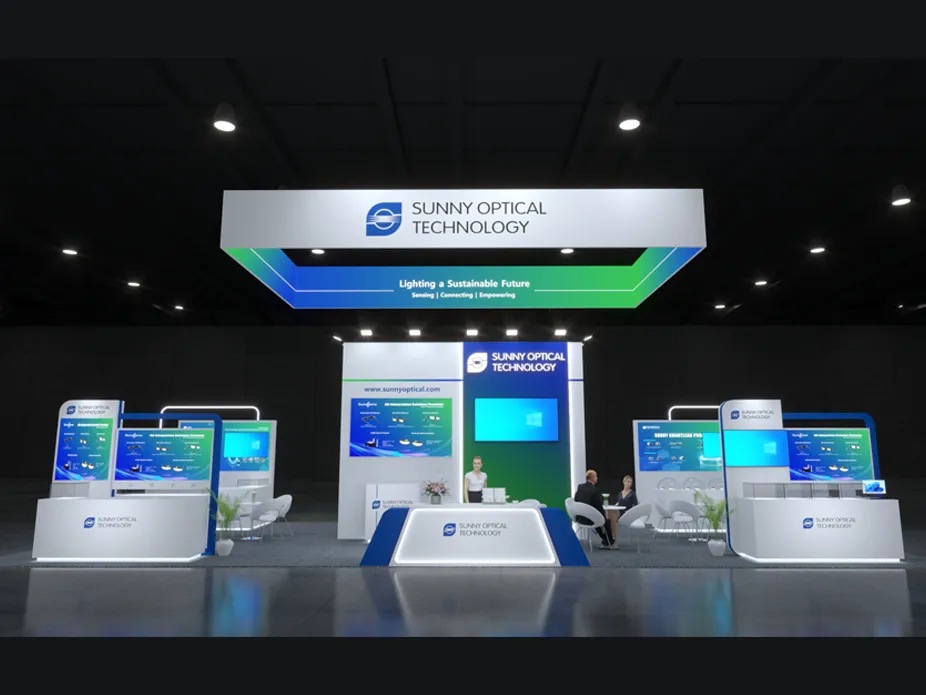What is LiDAR? The lidar technology in cars combines radar ranging capabilities with camera angular resolution to provide accurate depth-aware sensing to complete the image.
The vision part represents camera or driver visibility, object classification, and lateral resolution. Darkness and weather conditions such as snow, dust or rain can impair these abilities. The radar section represents the return of the RF signal. This signal is unaffected by weather conditions and darkness, while also measuring distance. The lidar part completes the sensing picture by providing further object classification, lateral resolution, ranging and darkness penetration.
The basic elements of a lidar system include a square wave transmitter system, the target environment, and a light receiver system that interprets the distances to external elements in the environment. The lidar sensing method uses light in the form of a pulsed laser to measure range by analyzing the time-of-flight (ToF) of the returning signal.
The circuit solution of lidar is to solve the problem of signal reception through automotive transimpedance amplifier. Its input stage is used to accept the negative input current pulse of the photodetector.
Laser diodes transmit digital pulse signals through a piece of glass. This signal is also reflected onto the D2 photodiode. The processing of this signal provides the transit time and electronic delays built into the system.
Pulses of digital light signals hit the object and reflect back to the optical system. The returning pulse is mirrored to the second photodiode D1. The electronics of the D1 signal path are the same as the D2 signal path. The time-of-flight is calculated after the two signals reach the microcontroller (MCU).
The automotive lidar systems use pulsed laser light to measure the distance between two vehicles. Automotive systems use lidar to control vehicle speed and braking systems in response to sudden changes in traffic conditions.
LiDAR plays an important role in semi- or fully-autonomous vehicle assistance functions such as collision warning and avoidance systems, lane keeping assist, lane departure warning, blind spot monitors, and adaptive cruise control.
Automotive lidar is replacing radar systems in early automotive automation systems. LiDAR systems can range from a few meters to over 1,000 meters.
LiDAR self-driving cars are already widely used, and LiDAR imaging systems will further improve the situation. Radar, camera, and lidar devices are still the technologies of choice for semi-autonomous and fully autonomous driving. The price of lidar is also falling, and the market is accelerating this change.

【Exhibition Invitation】Visit us at CES 2026!
2025-12-10

Sunny Optical Gets Group LiDAR Standard Approved, Using Innovative Optical Solutions to Unlock Key Step in Mass Production
2025-11-25
![[Exhibition Invitation] Sunny Automotive Optech Invites You to the 26th China International Optoelectronic Exposition (CIOE 2025) [Exhibition Invitation] Sunny Automotive Optech Invites You to the 26th China International Optoelectronic Exposition (CIOE 2025)](/uploads/image/20250908/首图7.webp)
[Exhibition Invitation] Sunny Automotive Optech Invites You to the 26th China International Optoelectronic Exposition (CIOE 2025)
2025-09-08

Inquiry
Excellent Customer Service Ability
Key customer manager mechanism
Oversea supporting points
Excellent Process Control Ability
Fully automated production
DMC traceability management
VDA6.3 / IATF16949 verifications
Excellent R&D Ability
Advanced technology new product development cooperation
Cost-effective optical solution proposal based on customer needs
Ecosystem resource integration